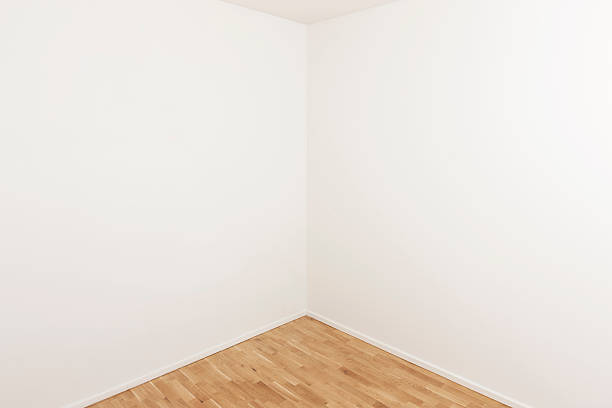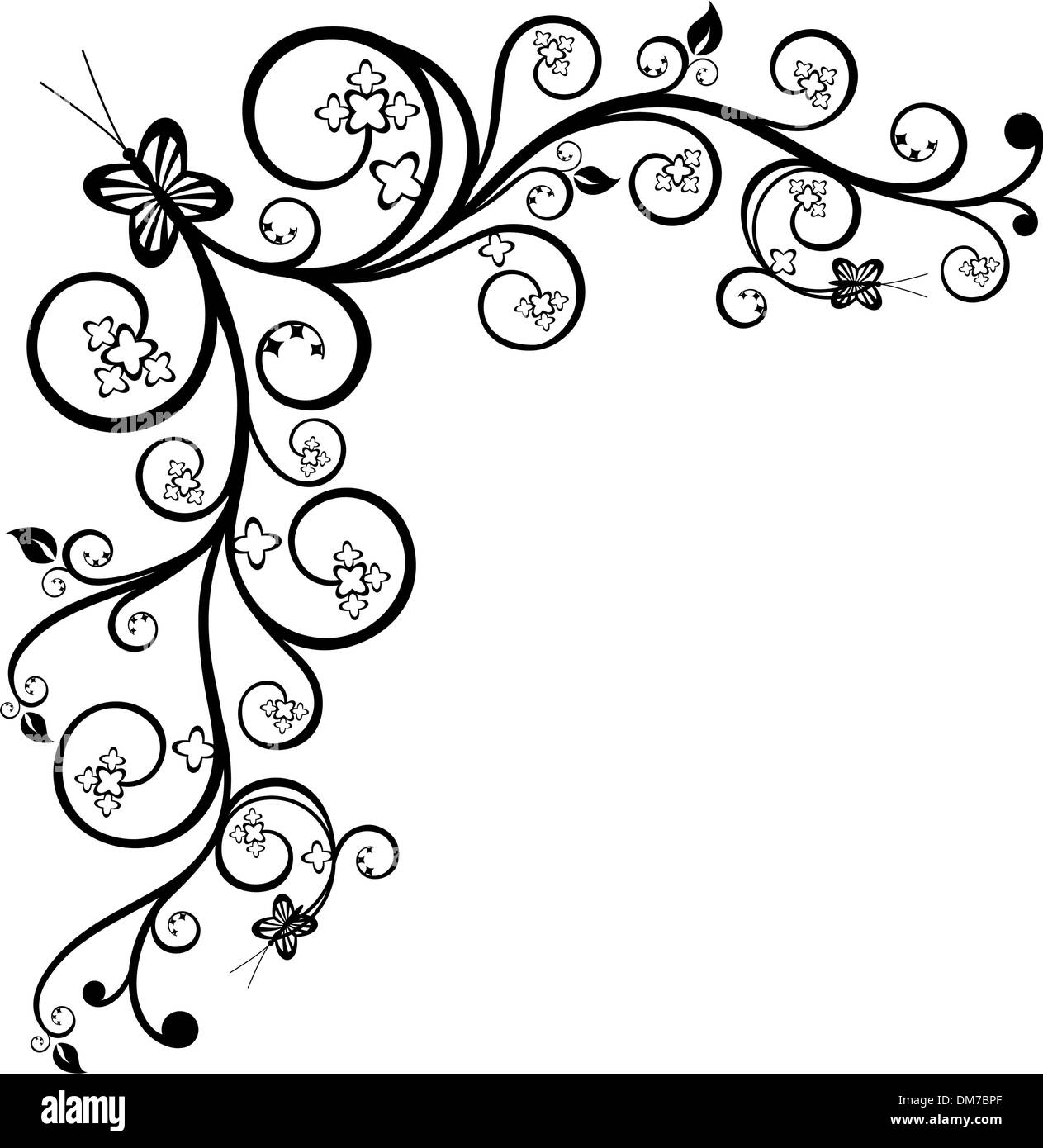Unveiling The Charm Of Corner Mouth Dimples: What Makes Them So Special?
Have you ever caught a glimpse of someone’s smile and noticed those delightful little indentations that appear right at the corners of their mouth? These are, you know, what many call corner mouth dimples, and they really do add such a unique sparkle to a person’s face. It's fascinating, isn't it, how a small facial feature can capture so much attention and, like, bring so much warmth to an expression? We often see them and just feel a little bit happier, which is pretty cool when you think about it.
It's interesting, too, how these subtle marks can make a face seem so much more expressive, almost like a little secret, you know? They seem to pop up just when someone is feeling joyful or, perhaps, a little mischievous. This particular kind of dimple, right there at the edge of the lips, has a special kind of allure, and people often wonder what makes them appear. It's a question that, basically, gets asked quite a bit when these features are noticed.
So, today, we're going to take a closer look at these charming facial features. We'll explore what they actually are, how they might form, and why they hold such a special place in our hearts. We'll also, you know, address some common questions people have about them. Just as some agencies are tasked to inquire into and determine the circumstances of important matters, we're here to inquire into the delightful circumstances surrounding corner mouth dimples.
- Is Danielle Colby And Mike Wolfe Half Brother
- Im Not Acrobatic Lil Baby
- Jamie Dimon Net Worth
- Kathy Griffin Anderson Cooper Brother
- Chloe Sunderland Nudes
Table of Contents
- What Exactly Are Corner Mouth Dimples?
- The Science Behind the Smile: How Dimples Form
- Are Corner Mouth Dimples Rare?
- More Than Just a Feature: Cultural Views and Charm
- Growing With Your Dimples: Changes Over Time
- Busting Myths About Those Little Indentations
- Why We Love Them: The Enduring Appeal
- Frequently Asked Questions About Corner Mouth Dimples
What Exactly Are Corner Mouth Dimples?
When we talk about corner mouth dimples, we're focusing on those sweet little indentations that show up right at the edge of your lips when you smile or, you know, make certain facial expressions. They are a bit different from the more common cheek dimples, which typically appear further out on the cheeks. These ones are, basically, very close to the mouth, giving a distinct look.
They are, in a way, like a tiny, natural crease that only shows itself under specific conditions. It's not always there, which is part of their charm, really. They appear because of the way certain muscles in the face are structured and, you know, how they attach to the skin. This unique interaction creates that lovely little dip.
More Than Just a Crease
These dimples are, actually, more than just a simple crease in the skin. They represent a slight variation in facial anatomy. When someone smiles, the muscles around their mouth pull the skin in a particular way. For people with corner mouth dimples, there's a small, subtle difference in how these muscles connect. This difference means the skin gets pulled inward just a little bit more, creating that noticeable indentation. It's a pretty fascinating bit of biology, you know, how these small variations make us all so wonderfully unique.
- Marsai Martin Parents
- Sunny Hostin Before Surgery
- Catharine Daddario Age
- Katie Ledecky Parents
- Kennedy Owen
The Science Behind the Smile: How Dimples Form
The formation of any dimple, including those at the corner of the mouth, is pretty much a story of muscles and genetics. It’s not, like, something you can just decide to have. These features are, in fact, present from birth for most people who have them. They are a natural part of a person's facial makeup, which is something many people find quite interesting.
A Genetic Trait
Many scientists and researchers believe that dimples, in general, are inherited. This means they often run in families. So, if your parents or grandparents have dimples, there’s a good chance you might too. It's considered, you know, a dominant genetic trait, which means you only need one copy of the gene from either parent to potentially have them. This is why you might see them pop up across generations in a family, which is pretty neat.
It's not always a clear-cut case, though. Sometimes, a person might have the genetic predisposition but the dimples aren't very noticeable, or they only appear under very specific circumstances. This makes them, in a way, a bit of a genetic mystery sometimes, which adds to their allure. The way genes express themselves can be quite varied, you know, creating all sorts of unique features.
Muscles and Movement
The main muscle involved in creating a dimple is the zygomaticus major. This muscle helps us lift the corners of our mouth when we smile. For people with dimples, this muscle might, actually, split into two parts as it reaches the mouth area. One part attaches higher up on the cheekbone, and the other part attaches lower, closer to the corner of the mouth. This split, or a similar variation in muscle structure, pulls the skin inward when the muscle contracts, forming the dimple.
For corner mouth dimples specifically, the interaction is very localized. It's about how the muscle fibers around the orbicularis oris, the muscle that encircles the mouth, and the zygomaticus major, connect to the overlying skin. When you smile, these muscles pull, and if there's a small, like, tethering of the skin to the underlying muscle, that little indentation forms. It's a subtle but really effective mechanism, creating that charming feature, you know.
Are Corner Mouth Dimples Rare?
Compared to the more widely recognized cheek dimples, corner mouth dimples are, arguably, less common. You don't see them on everyone, which, in some respects, makes them feel a bit more special. Their rarity adds to their unique appeal, making those who have them stand out just a little bit more. It's not something you encounter every day, which is part of their charm.
While cheek dimples are found in a noticeable percentage of the population, the specific type that appears right at the mouth's corner is, basically, less prevalent. This makes them a pretty distinct facial feature. When you do spot them, they tend to catch your eye because they're not as common as other facial characteristics, you know.
Uniqueness in Facial Features
Every person's face is a unique combination of features, and dimples are just one part of that beautiful diversity. The fact that corner mouth dimples are not as widespread means they contribute significantly to an individual's distinct look. They are, in a way, a natural embellishment that makes a smile even more memorable. It's like finding a little unexpected gem, which is pretty cool.
This uniqueness is, actually, part of why people find them so appealing. We tend to be drawn to things that are a bit out of the ordinary, and these dimples fit that description perfectly. They give a face a certain character and, you know, a touch of individuality that is quite lovely to behold. It just adds a little something extra.
More Than Just a Feature: Cultural Views and Charm
Throughout history and across different cultures, certain facial features have been seen in various ways, often associated with beauty, luck, or even specific personality traits. Dimples, including those at the corner of the mouth, have, basically, often been viewed very positively. They are frequently linked with youthfulness, innocence, and an inviting demeanor.
It's interesting how a simple indentation can carry so much meaning in different parts of the world. In many places, having dimples is considered a sign of good fortune or, you know, a charming personality. This widespread positive perception really highlights their universal appeal, which is pretty neat.
Global Perceptions
In some cultures, dimples are seen as a mark of beauty, especially for women. They are thought to make a smile more captivating and, like, add a certain softness to the face. This positive association is not limited to one region; you'll find similar sentiments in various societies. This suggests a nearly universal appreciation for these small, charming indentations, which is something worth noting.
Think about it, a smile with dimples, especially corner mouth dimples, can feel more genuine and warm. This feeling, basically, crosses cultural boundaries. It's a visual cue that often signals friendliness and approachability, making people feel more at ease. This is, actually, a pretty powerful effect for such a small feature, you know.
The Psychology of Charm
From a psychological point of view, dimples can make a person seem more approachable and friendly. When someone smiles and those little indentations appear, it can trigger a positive emotional response in others. It's almost as if the dimples themselves are smiling back, which is a rather endearing quality. This contributes significantly to the overall charm a person projects, you know, making them quite memorable.
They can also make a person appear younger. Because dimples are often associated with childhood and innocence, they can give an adult face a youthful glow. This association, basically, adds to their widespread appeal. People often find this youthful quality very attractive, and it's something that just naturally draws others in, which is pretty cool.
Growing With Your Dimples: Changes Over Time
It's a common question: do dimples change as we get older? For many people, yes, they can. While some individuals have very pronounced dimples from childhood that stay with them throughout their lives, for others, these charming indentations might become less noticeable or even disappear entirely. This is, you know, a pretty natural part of how our bodies change over time.
Our faces, like the rest of our bodies, undergo changes as we age. Skin elasticity can change, and facial fat distribution can shift. These changes can affect how dimples appear. A dimple that was very prominent in youth might, actually, become shallower or less defined in later years. It's just a part of the natural process of growing older, which is something we all experience.
Dimples Through the Years
In babies and young children, dimples are often very clear and deep because their skin is, basically, very plump and elastic. As they grow into adolescence and adulthood, their facial structure changes. For some, the dimples remain a constant feature. For others, the way the muscles and skin interact might alter, making the dimples less apparent. It's just how some things are, you know, not always staying the same.
Conversely, some people might find that their dimples become more noticeable as they age, especially if they lose some facial fat. This can make the underlying muscle structure more prominent, which, in turn, can make the dimple stand out more. So, it's not a one-size-fits-all situation; everyone's experience with their dimples is, actually, pretty unique, which is interesting to consider.
Busting Myths About Those Little Indentations
With any unique facial feature, there are often a few myths or misunderstandings that pop up. Corner mouth dimples are no exception. It’s important to, basically, clear up some of these common ideas so we can appreciate them for what they really are. There's a lot of folklore out there, and it's good to know the facts.
Common Misunderstandings
One common myth is that dimples are a sign of, like, a mischievous personality. While people with dimples might often be seen as charming, there's no scientific link between having dimples and a specific personality trait. It's purely a physical characteristic, not an indicator of who someone is on the inside. So, you know, it's just a fun idea, but not really true.
Another idea some people have is that you can, somehow, create dimples through exercises or specific facial movements. This is, actually, not possible. Dimples are formed by the underlying muscle structure and genetic predisposition, as we talked about. You can't just, like, make them appear if your anatomy isn't set up for them. It’s a bit of a wishful thought for some, but sadly, it doesn't work that way.
Some people also wonder if dimples are a sign of some health condition. Rest assured, they are not. Dimples are a completely harmless and natural variation in human anatomy. They don't indicate any health issues or concerns. They are just, basically, a lovely facial feature, nothing more, nothing less. So, you know, no need to worry about that at all.
Why We Love Them: The Enduring Appeal
So, why do these corner mouth dimples hold such a special place in our hearts? It’s probably a combination of things. Their relative rarity, the way they add a certain sparkle to a smile, and their association with youth and happiness all contribute to their enduring appeal. They just have a way of making a face feel, you know, extra inviting.
When someone smiles and those little indentations appear, it feels like a genuine, heartfelt expression. It adds a layer of warmth and approachability that can really draw people in. It's a visual cue that suggests friendliness and a happy disposition, which is something we all naturally gravitate towards. This is, honestly, a pretty powerful effect for such a small feature.
A Touch of Personality
At the end of the day, corner mouth dimples add a unique touch of personality to a face. They make a smile even more memorable and can leave a lasting impression. They are a natural, beautiful variation that celebrates the diversity of human features. They are, basically, a little something extra that makes a person's smile truly their own.
It's pretty amazing how these small anatomical differences can create such a significant impact on how we perceive beauty and charm. They remind us that uniqueness is something to be celebrated. So, the next time you see someone with those delightful corner mouth dimples, take a moment to appreciate that little bit of natural magic. It's a pretty cool thing, you know, to have such a distinctive feature.
Frequently Asked Questions About Corner Mouth Dimples
Are corner mouth dimples rare?
Yes, compared to general cheek dimples, those specifically at the corner of the mouth are, actually, less common. This makes them a pretty unique facial feature, you know, not something you see every single day. Their rarity is part of what makes them so special and noticeable when they do appear.
What causes dimples at the corner of your mouth?
Dimples at the corner of your mouth are typically caused by variations in the facial muscles, especially the zygomaticus major muscle, and how it attaches to the skin. When you smile, this muscle pulls the skin inward, creating that little indentation. It's, basically, a genetic trait, so it often runs in families, which is interesting.
Can you get corner mouth dimples later in life?
For most people, dimples are present from birth, or they become noticeable in early childhood. While their prominence can change with age due to shifts in facial fat or skin elasticity, it's very rare for new dimples to just appear spontaneously later in life. They are, generally, a fixed anatomical feature, you know, not something that develops out of the blue.
Have a question, need help, or want to share an idea about these charming features? We would like to hear from you. Learn more about facial features on our site, and you can find more interesting facts here.

Corner Pictures, Images and Stock Photos - iStock

Corner Design PNG Transparent Corner Design.PNG Images. | PlusPNG

Floral corner design hi-res stock photography and images - Alamy